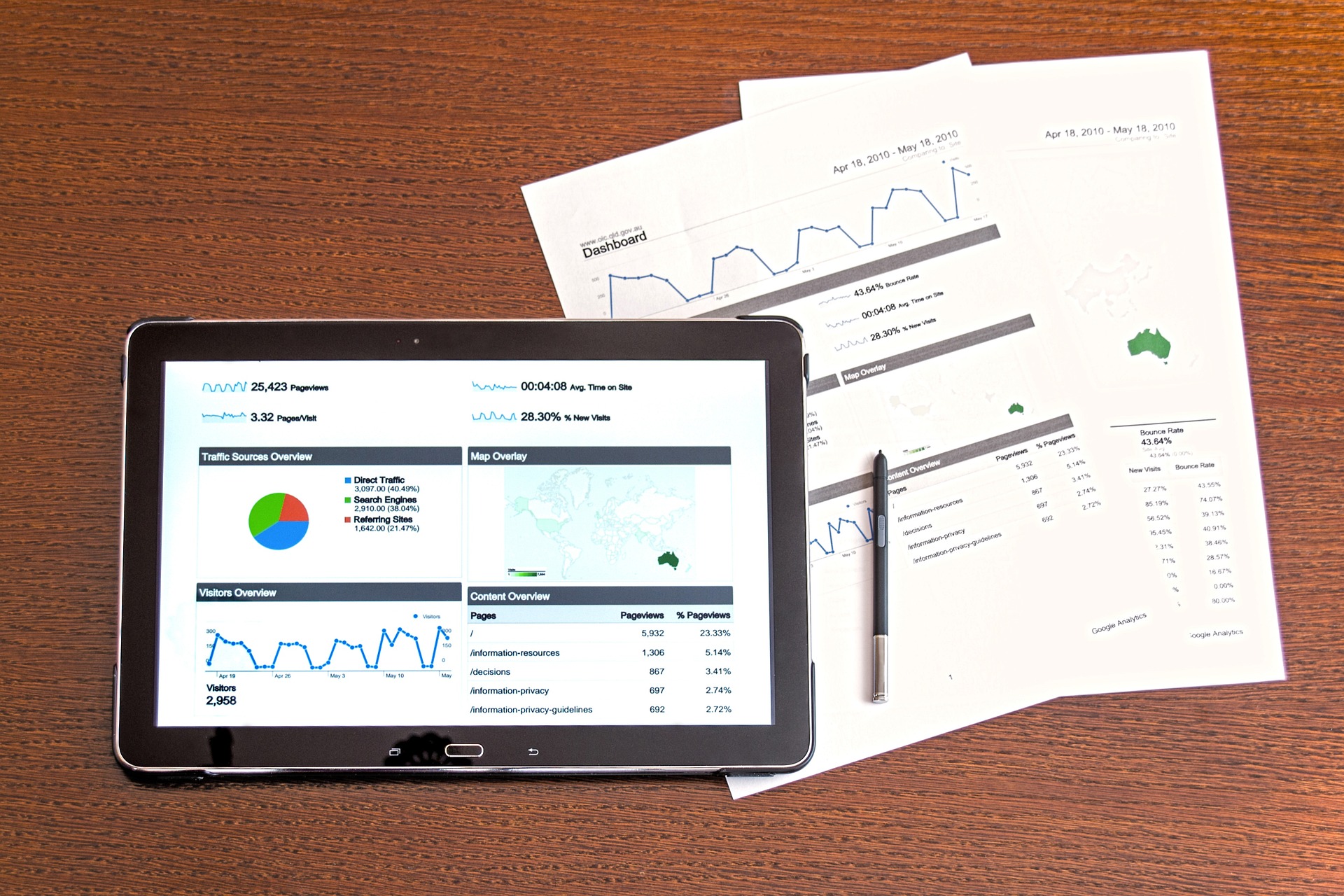Credit Risk Management Best Practices
Knowing how to manage credit risk is a critical aspect of modern finance, impacting both individuals and organizations alike. Effective credit risk management helps minimize losses, reduce bad debt, and ensure the stability and success of financial institutions.
This article provides an overview of what credit risk management is and outlines best practices. Whether you are a financial professional or simply seeking a better understanding of this important topic, this article will provide valuable insights that you can use to make informed decisions and better manage the risks associated with lending.
What Is Credit Risk Management?
Credit risk management refers to the process of assessing another business entity’s creditworthiness. It includes monitoring existing credit lines and portfolios, implementing risk mitigation strategies, and regularly reviewing and updating procedures.
The ultimate goal of credit risk management is to minimize the impact of credit risk on an organization’s financial stability, while also allowing it to grow and prosper through the extension of credit. A sound assessment can help you avoid extending too much business credit to a company with lagging financial health.
Business credit (sometimes referred to as trade credit) is important, as companies can use credit as a form of financing. This is especially common when dealing with large purchases.
How to Manage Credit Risk
When it comes to credit risk management, best practices can include some or all of the following procedures:
Run a Business Credit Report
Your first step should always be to run a business credit report, which will give you some insight into a company’s financial history.
Specifically, a business credit report will provide data on the company’s past payment history. A full credit report will also include:
- Company structure & address
- Annual sales & employees
- Bankruptcies & tax liens
- Legal judgments
- Industry benchmarks
The report will also include a business credit score. A client with a high credit score can generally be considered low-risk, while one with a low credit score has a poor track record of honoring its financial commitments.
Evaluate Business Stability
A credit report is only the first step. To perform due diligence, you’ll also want to evaluate a business based on data such as:
- Buying behavior
- Revenue stability
- Supplier stability
How a company is spending it’s money can provide early warning signs of financial decline. Analyzing a business’s buying behavior can be very difficult since many credit reports do not include this information. However, Moody’s Analytics Pulse offers credit reports with in-depth analytics and insights on how a company is spending its money.
A business with multiple revenue streams and a strong customer base tends to be low risk. Even so, you’ll need to watch for warning signs such as cash shortages, declining revenue, or closed locations, all of which can indicate that the company lacks the long-term stability to meet its obligations moving forward
Consider Industry Risks
Sometimes, risk can vary across industries. For example, tech companies can be destabilized when the U.S. economy is in a slump. Consequently, working with small tech startups may present a considerable risk if you extend too much credit.
This also means that your credit risk can change with the seasons. You might discover that the creditworthiness of a particular business can fluctuate with industry trends, which may prompt you to reconsider whether to take on additional clients who represent high-risk industries.
Investigate Geopolitical Issues
If you conduct business internationally, you’ll need to investigate any geopolitical issues that could affect the stability of your business relationship.
For example, some countries may be hit hard by supply chain disruption, shortages of raw materials, political instability, tax increases, or other unfavorable circumstances. These global trends can have a direct impact on a company’s ability to meet its financial obligations and represent a larger credit risk as a result.
Diversify Your Client Portfolio
One way to mitigate risk is to diversify your client portfolio. Having clients from a variety of different industries (or even countries) can provide stability if any one industry or part of the world is hit harder by economic instability.
Similarly, a well-balanced client portfolio can give you room to take on clients you might otherwise consider too risky.
For instance, if you have a set of clients with a long history of solid, reliable payments, you can extend credit to a smaller, newer company without worrying that you’re overextending yourself. Even if the smaller company fails to render payments, your losses will be mitigated by the stability of the other companies in your portfolio.
Implement Credit Monitoring Processes
Credit monitoring is important to credit risk management because it helps organizations identify and mitigate potential risks associated with lending. By regularly monitoring loans, organizations can detect early warning signs of potential defaults and take action to minimize potential losses.
Many credit departments struggle to manually monitor changes in their customer’s credit. Utilizing credit risk management tools like Moody’s Analytics Pulse to automate credit assessments, monitor loans, and manage data allows you to streamline the process.
An Easier Way to Assess Business Credit
Assessing business credit risk is easier than ever, thanks to real-time credit changes and automated reporting from Moody’s Analytics Pulse. Our platform empowers you to easily and efficiently implement credit risk management best practices in your business.
Ready to learn what Moody’s Analytics Pulse can do for you? Schedule a demo today!





